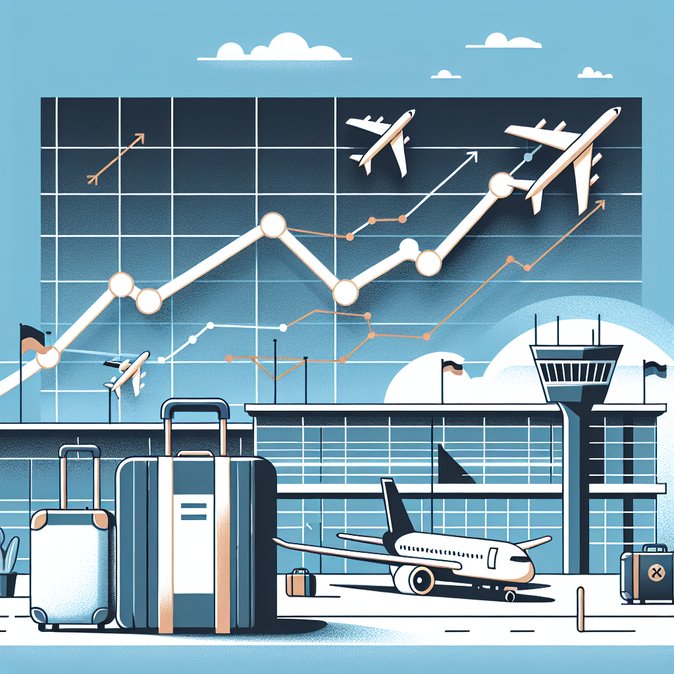
Fresh data released by the German Airports Association (ADV) show that the country’s aviation recovery is gaining altitude. In October 2025 German airports handled 22.42 million passengers, a 5.6 percent year-on-year increase. Notably, intercontinental traffic grew 7.2 percent to 4.05 million travellers, topping the 2019 benchmark for the first time (103 percent recovery).
European point-to-point volumes also rose, with 15.97 million passengers representing 4.1 percent above pre-pandemic levels. Domestic travel, however, continues to lag: at 2.36 million trips, the segment is still 44.5 percent below 2019. Cargo tonnage inched up 1.2 percent, maintaining the steady 400,000-ton monthly plateau recorded since March.
![German Airports Surpass Pre-Covid Long-Haul Traffic as October Numbers Climb 5.6 %]()
For relocation and project teams the figures signal that seat availability—especially on trans-Atlantic and Asia-bound routes—is improving, which could translate into softer fares outside peak travel weeks. Yet capacity constraints on domestic feeders mean travellers may need to rely more heavily on rail links or overnight stays in gateway cities.
Airport operators caution that November’s strike (see separate story) will dent the momentum, but remain optimistic for the winter schedule as airlines add frequencies to North America and India. Frankfurt’s new Terminal 3, slated for phased opening next summer, is expected to raise annual capacity by 19 million passengers and ease peak-hour congestion.
Corporate travel buyers should review negotiated fare baselines: with demand normalising, advance-purchase windows may shrink and airlines are re-tightening change-fee waivers introduced during the pandemic. Mobility teams are also advised to track sustainable-aviation-fuel surcharges that several carriers plan to levy from 2026.
European point-to-point volumes also rose, with 15.97 million passengers representing 4.1 percent above pre-pandemic levels. Domestic travel, however, continues to lag: at 2.36 million trips, the segment is still 44.5 percent below 2019. Cargo tonnage inched up 1.2 percent, maintaining the steady 400,000-ton monthly plateau recorded since March.

For relocation and project teams the figures signal that seat availability—especially on trans-Atlantic and Asia-bound routes—is improving, which could translate into softer fares outside peak travel weeks. Yet capacity constraints on domestic feeders mean travellers may need to rely more heavily on rail links or overnight stays in gateway cities.
Airport operators caution that November’s strike (see separate story) will dent the momentum, but remain optimistic for the winter schedule as airlines add frequencies to North America and India. Frankfurt’s new Terminal 3, slated for phased opening next summer, is expected to raise annual capacity by 19 million passengers and ease peak-hour congestion.
Corporate travel buyers should review negotiated fare baselines: with demand normalising, advance-purchase windows may shrink and airlines are re-tightening change-fee waivers introduced during the pandemic. Mobility teams are also advised to track sustainable-aviation-fuel surcharges that several carriers plan to levy from 2026.







